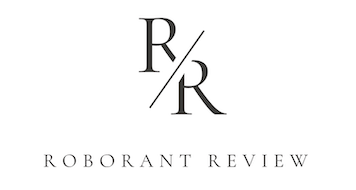Jasko Begovic aka Sko Habibi - Refugees R US @ CULT AIMEE FRIBERG
This review is part of our “Artist on Artist” series
Yarrow Slaps is a working artist living in San Francisco, he is the curator of Swim Gallery.
The review is presented in his own voice.
By Yarrow Slaps
Jasko Begovic's latest show feels like an alternate reality where his refugee sculptures stand tall and defiant. A world where the refugees get to WIN. Where all those who lost their lives through the deserts, the oceans, through wars, etc, get to be crowned.
A noble ideal or a dream, when what's going on in the world is so exclusionary and walled up, blocking and keeping people stuck between walls and lines. But the energy in the space was undeniable: Chris Renfro, the Bay Area's first African American sommelier, pouring his own wine; Oakland's DJ Fela Kutchii spinning; even some kind of delicious Southeast Asian fusion happening outside (which I missed, lol). Altogether, it carried that unmistakable Oakland Roots feeling, alive, communal, and present.
The futbol, soccer, community's praised artist Sko Habibi serves justice through art and sports. Merging the two genres together.
A few highlights stood out. The photograph of an artfully masked refugee soccer player seated with a briefcase, simple yet iconic, is a nod to "no face no case," being faceless yet still getting around. The dangers of being seen while attempting to flee or migrate. The flower in hand symbolizes peace and not being a threat.
Then there was the shoe altar, built by Jasko's friend Dania Cabello, an ode to his father, who passed away, a familiar symbol given new depth. Shoes on wires can mean many things, but here they became a memorial, a tether between pain, loss, love, and tribute. Then there was the border installation: actual water bottles and soccer balls collected from the Arizona border, the kind left behind by those crossing. How symbolic the game is, how international and integrated it is, that a ball was one of the last things carried alongside water.
The placement of these works in the gallery was sharp, pulling viewers into various corners of strong art pieces, videos, installations, and the connections between us and them.
What's impressive is that it's not just the strength of the work but the consistency of the practice. Jasko is a refugee, a husband, a father of two, with cats and all the weight and pressures of everyday life, yet still putting out this kind of output. That's why supporting and collecting art at this level matters. This isn't some AI robotically made; these were stitched in a Bernal Heights farmhouse basement, hand-sewn with the kind of patience and care that translates into such a beautiful vision.
Refugees R US also includes a store of repurposed jerseys, reworked with Jasko's own fabric interventions and phrase "Fly Refugees" among other 1/1 pieces from friends….
Rules were made to be broken, and so are borders! I just hope that people can see the show for how fun it looks and feels, but really for how deep it is and for how much change needs to be made going forward.
By the end of 2024, the UNHCR said about 123.2 million people were forcibly displaced, refugees, asylum seekers, internally displaced persons, and others in need of protection. Of those, only a fraction get resettled in a "third country." In 2024, just 188,800 people found resettlement, about 8% of what was needed. Meanwhile, 304 million people live outside their country of birth, roughly 3.7% of the global population.
That resettlement number is only about 8 % of what the UN estimated was needed (i.e., people considered in need of resettlement). Meanwhile, 304 million people were living outside their country of birth (i.e., migrants) as of mid-2024, which is ~3.7 % of the global population.
Take the numbers in and now take the show in, Fly Refugees is more than a wish, it is a call in support and empathy to all in need of relocation.
Source:
1. UN High Commissioner for Refugees. Global Trends 2024: Forced Displacement in 2024. UNHCR, June 2025. PDF file.







